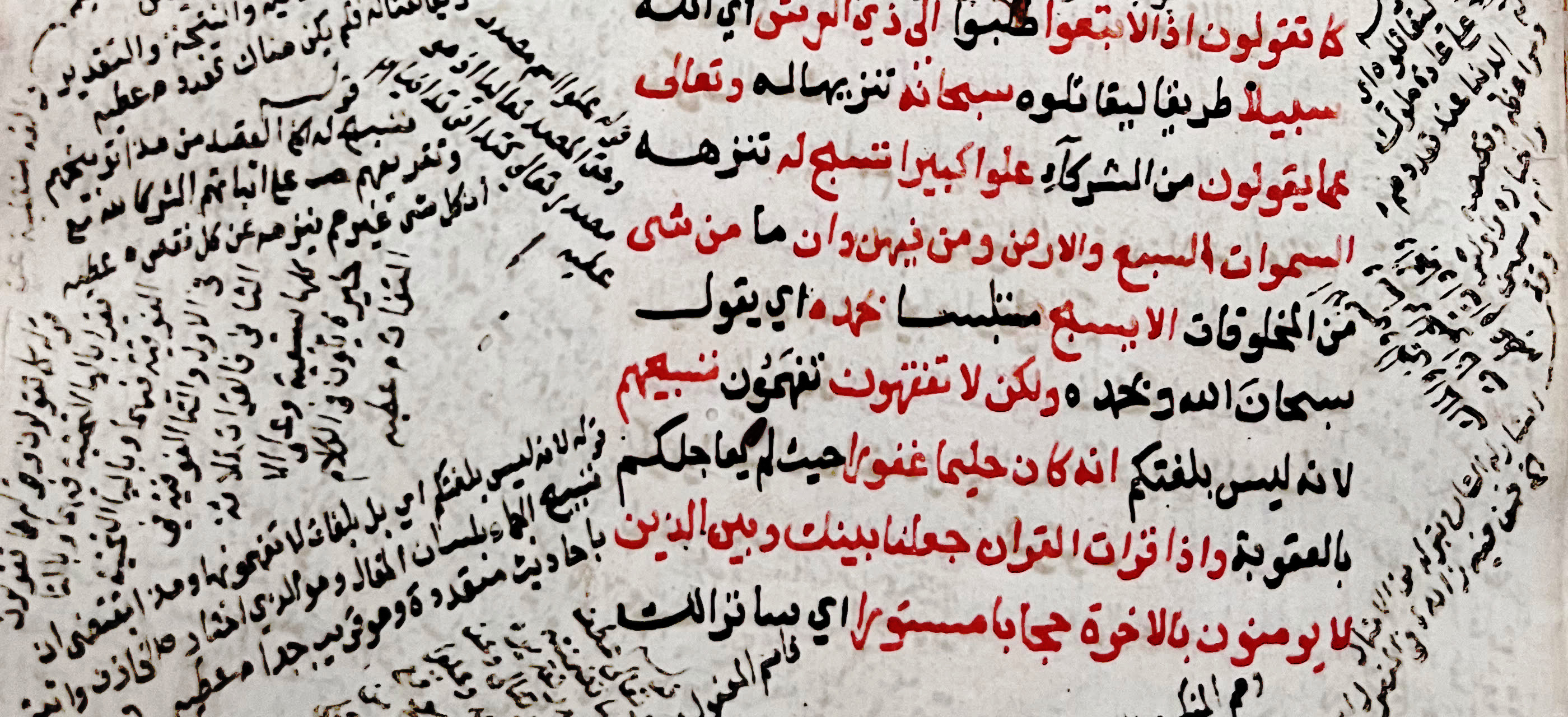Berbers and Arabs: Tracing the genetic diversity and history of Southern Tunisia through genome wide analysis
Contenu
- Titre
- Berbers and Arabs: Tracing the genetic diversity and history of Southern Tunisia through genome wide analysis
- Auteur
- Anagnostou, Paolo
- Dominici, Valentina
- Battaggia, Cinzia
- Boukhchim, Nouri
- Nasr, Jaâfar Ben
- Boussoffara, Ridha
- Cancellieri, Emanuele
- Marnaoui, Marwa
- Marzouki, Meriem
- Brahim, Hedi Bel Haj
- Rass, Mongi Bou
- Lernia, Savino di
- Bisol, Giovanni Destro
- Date
- 2020
- Résumé
- Objectives Tunisia has been a crossroads for people from Africa, Europe, and the Middle East since prehistoric times. At present, it is inhabited by two main ethnic groups, Arabs and Berbers, and several minorities. This study aims to advance knowledge regarding their genetic structure using new population samplings and a genome-wide approach. Materials and Methods We investigated genomic variation, estimated ancestry components and dated admixture events in three Berber and two Arab populations from Southern Tunisia, mining a dataset including Middle Eastern, sub-Saharan, and European populations. Results Differences in the proportion of North African, Arabian, and European ancestries and the varying impact of admixture and isolation determined significant heterogeneity in the genetic structure of Southern Tunisian populations. Admixture time estimates show a multilayer pattern of admixture events, involving both ethno-linguistic groups, which started around the mid XI century and lasted for nearly five centuries. Discussion Our study provides evidence that the relationships between genetic and cultural diversity of old and new inhabitants of North Africa in southern Tunisia follow different patterns. The Berbers seem to have preserved a significant part of their common genomic heritage despite Islamization, Arab cultural influence, and linguistic diversity. Compared to Morocco and Algeria, southern Tunisian Arabs have retained a higher level of Arabian ancestry. This is more evident in the semi-nomad R'Baya, who have kept their original Bedouin lifestyle, than in the population from Douz, who have undergone multiple events of stratification and admixture.
- Sujet
- Génétique -- Djerba
- Langue
- eng
- volume
- n/a
- numéro
- n/a
- doi
- 10.1002/ajpa.24139
- issn
- 1096-8644
- Titre abrégé
- Berbers and Arabs
- Droits
- © 2020 Wiley Periodicals LLC
Position : 1221 (64 vues)

